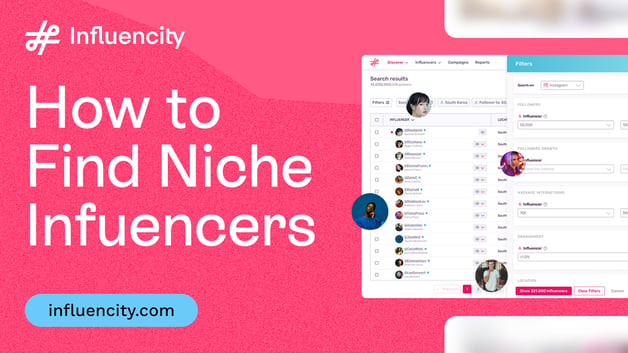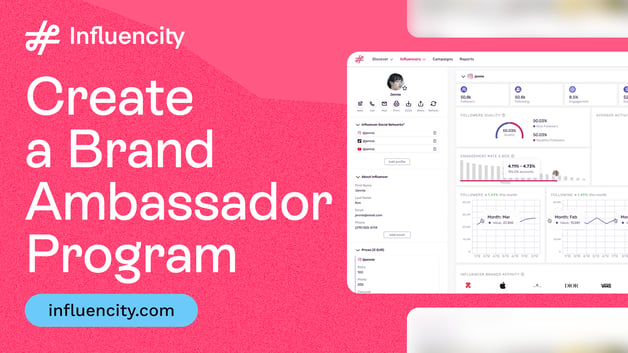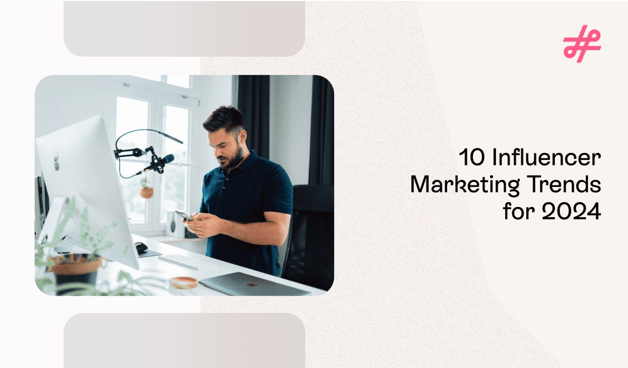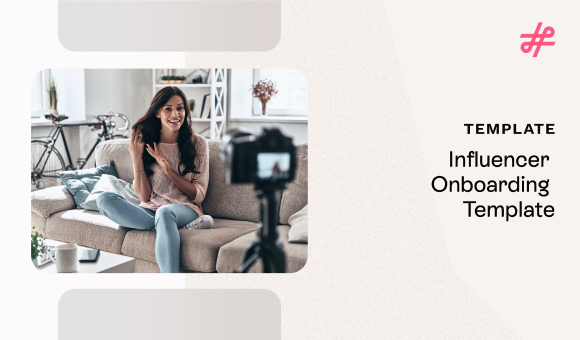What Is a Good Engagement Rate on Social Media? + Tips To Boost It
One of the most essential elements of launching a successful influencer marketing campaign is monitoring the performance of your posts. Although there are several ways to do this, one of the key metrics to consider is engagement. Engagement helps you measure the impact of your campaigns and quantify how many people are interacting with your content.
But what is a good engagement rate? Are there any industry benchmarks that you should be aiming for? Which factors can influence engagement rates and how can you boost yours?
Let’s find out.
What Is an Engagement Rate?
Before we answer the question “What is a good engagement rate?”, let’s start with a basic definition: What does engagement rate mean and how do you analyze it?
An engagement rate is a metric used to measure the level of interaction that an audience has with social media content, including likes, comments, and shares. It is typically expressed as a percentage, and it is calculated as follows.
Total Engagement / Total Number of Followers or Impressions x 100
The engagement rate metric helps brands measure the success of their influencer marketing campaigns. A high engagement rate indicates that the content is resonating with the audience and generating interest, while a low engagement rate may indicate that the content is not as effective in capturing the audience's attention.
You can also use your engagement rate to compare the effectiveness of different types of content or campaigns, as well as to track the performance of individual posts or influencers over time.
What Is a Good Engagement Rate?
Calculating your engagement rate is one thing, but you also need to understand what your calculation means so that you can determine if you are generating a good level of engagement with your posts.
So, what is a good engagement rate?
There actually isn’t a straightforward answer to this, as the concept of “good” depends on a number of factors. This includes your industry, the platform you are posting on, and your audience demographics. However, as a general rule of thumb, an engagement rate of 3% or higher is considered good, while an engagement rate of 6% or higher is considered excellent.
It’s also important to note that you shouldn’t depend exclusively on engagement rates to measure success, especially if you are using the metric to determine whether an influencer might be a good fit for your brand. In this instance, you also need to consider content quality, audience demographics, and alignment with brand values and messaging. In terms of measuring campaign performance, you also need to keep track of reach, impressions, click-through rate, conversion rates, and cost per engagement (although your focus will primarily depend on the main objectives of your campaign).
How to Calculate Engagement Rate
As we mentioned briefly above, the social engagement rate of a post is calculated by dividing the total number of engagements (likes, comments, shares, etc.) by the total number of followers or impressions, and then multiplying by 100 to obtain a percentage.
Here is the formula:
Engagement Rate = (Total Engagements / Total Followers or Impressions) x 100
For example, if a post has 100 likes, 20 comments, and 50 shares (170 interactions), and the account has 1,000 followers, then the engagement rate would be:
Engagement Rate = (170 / 1,000) x 100 = 17%
A higher engagement rate indicates that users are more interested in and interacting with the content.
Common Engagement Rate Metrics
There are a variety of engagement rate metrics that can provide insights into the effectiveness of different online platforms and content strategies. The most widely used metric in this sense is the Social Media Engagement Rate, as we have just seen above.
Another important metric is the Email Engagement Rate, which evaluates the interaction with email campaigns. It considers metrics like open rates, click-through rates, and shares. Typically, you company’s Customer Relationship Management tool, or CRM) will give you a breakdown of your email performance statistics.
The Website Engagement Rate metric measures user interactions on a website, including page views, time spent on pages, and interactions with forms or buttons. It helps measure the effectiveness of website content and design.
Video Engagement Rate measures the performance of video content, considering metrics such as views, likes, comments, and shares. YouTube analytics offers great breakdown of all this data.
A final engagement rate metric that can be used to detect social media influencer fraud is the Engagement Rate per Follower metric. This KPI considers the ratio of engagements (likes, comments, shares) to the number of followers. Although similar to the social media engagement rate we explored above, this engagement metric is expressed as a ratio, which provides you with a more granular view of engagement strength by directly comparing interactions to follower counts. This can be useful for measuring the authenticity of an influencer’s audience as, if an account has an unusually low engagement rate compared to the number of followers, it may indicate the presence of fake or inactive followers.
Essentially, these engagement rate metrics provide valuable insights into how users interact with different content formats, allowing marketers to tailor their strategies for maximum impact.
Factors That Can Influence Engagement Rates
As we already mentioned, there are several factors that can influence your engagement rate. This includes the quality and relevance of your content, how frequently and consistently you post, the time of day and day of the week that you post, the hashtags that you use, and audience demographics and interests.
Engagement rate can also vary by platform. For instance, Instagram tends to have higher engagement rates than Twitter, while niche platforms like TikTok tend to have much higher engagement rates for certain types of content and audiences.
Another important factor is that, if a platform makes changes to its algorithms, it can affect the visibility and reach of posts, which in turn can impact engagement. For example, in 2018, Instagram announced changes to its algorithms that meant that "newer" content would be prioritized over "chronological" content. In other words, the platform started showing users the posts that it thought they'd be most likely to be interested in, rather than simply showing them the most recent posts from the accounts that they followed. As a result of this change, some users reported a decrease in their engagement rates.
Tips To Help You Boost Your Engagement Rate
Let’s finish today’s post by exploring a few tips to help you boost the engagement rate of your social media posts:
- Improve content quality: Make sure your posts are visually appealing and relevant to your audience's interests. Use high-quality images and videos and write compelling captions that encourage interaction.
- Post consistently: Regularly posting at consistent times can help you build a loyal following and improve your visibility on social media.
- Engage with your audience: Respond to comments and messages and ask questions to encourage your audience to participate in conversations.
- Use hashtags: Relevant and popular hashtags can help you reach a wider audience and attract new followers.
- Collaborate with influencers: Working with influencers can help you reach new followers and create engaging content.
- Offer incentives: Running contests or giveaways can motivate your audience to engage with your content and increase your visibility.
- Analyze your performance: Regularly reviewing your engagement metrics can help you identify what types of content and strategies work best for your audience.
- Set a clear engagement benchmark: Finally, establish a clear understanding of what is a good engagement rate for your specific brand or campaign. For example, if you determine that a good engagement rate for your campaign is 3%, you can focus on creating high-quality, engaging content that resonates with your audience, optimizing your posting schedule to increase visibility, and leveraging your influencer partnerships to increase campaign reach and engagement.
How to Use Engagement Rates in Your Social Strategy
Social engagement rates offer a lens into how your social media presence resonates with your audience and these rates can be used to optimize your strategies, content, and overall approach.
Here’s how you can incorporate this data into your social strategy:
- Identify your social media goals. Before diving into engagement rates, clearly define your social media goals. Are you aiming to increase brand awareness, drive website traffic, generate leads, or foster customer loyalty? Understanding your objectives will guide your engagement rate analysis.
- Choose relevant metrics. Each social media platform has unique metrics, so select the ones that align with your goals. For instance, if you focus on brand awareness, track likes, shares, and mentions. If you prioritize lead generation, monitor form submissions and click-through rates.
- Track engagement rates over time. Engagement rates fluctuate, so monitor them consistently to identify trends and patterns and compare them to industry benchmarks.
- Analyze post performance. Dig deeper into individual posts to understand which types of content generate the most engagement. Identify common elements in high-performing posts, such as tone, visuals, or topics, and incorporate them into future content.
- Respond to engagement. Engagement is a two-way street. Respond to comments, answer questions, and participate in conversations. Active engagement demonstrates your brand's responsiveness and fosters a sense of community.
- Adapt and experiment. Social media is dynamic, so be prepared to adapt your strategies based on your engagement insights. Experiment with different content formats, posting times, and engagement tactics to find what resonates best with your audience.
Finally, don’t forget that a good engagement rate is not the sole measure of social media success. You should also consider factors like brand sentiment, customer satisfaction, and overall brand perception alongside your engagement metrics to determine how effective your social media strategy truly is.
Tags:





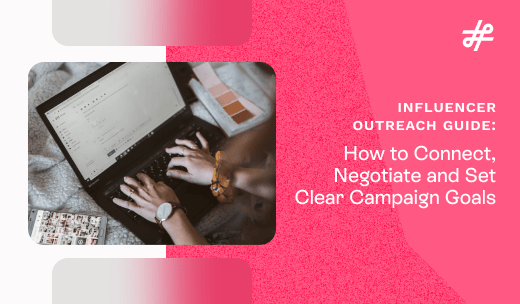
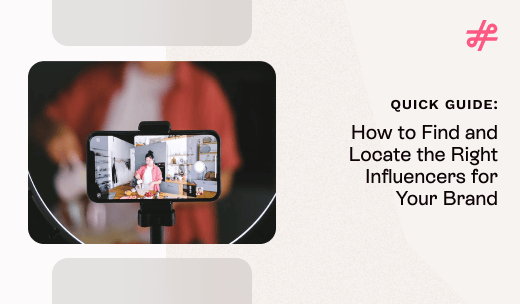



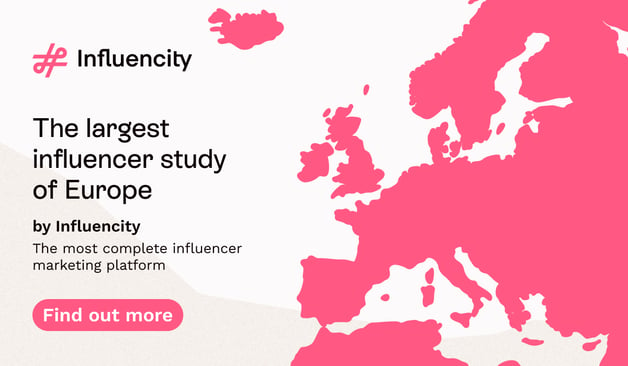

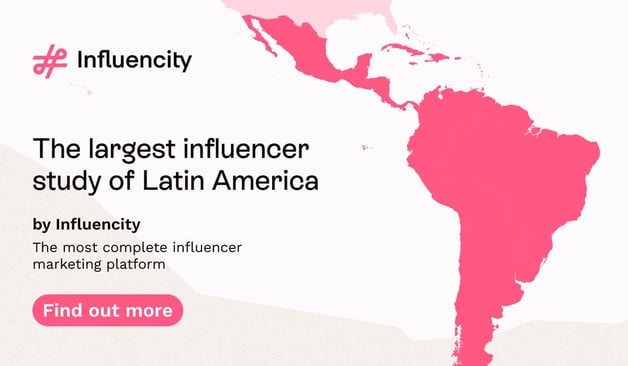


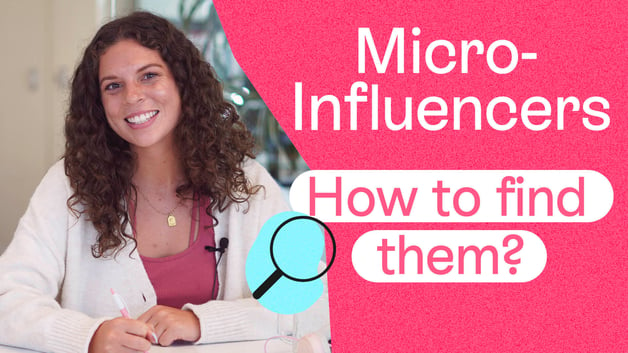


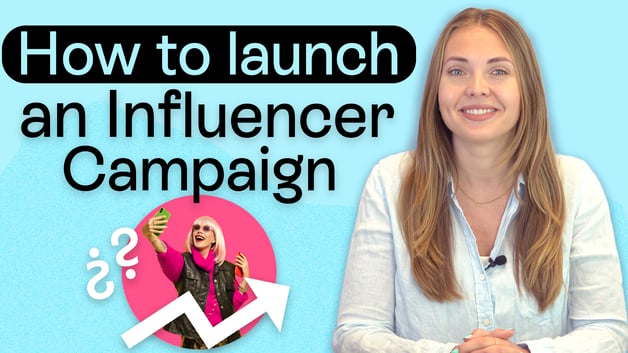



%20and%20How%20Can%20They%20Benefit%20Your%20Brand%20article.jpg?length=628&name=What%20Are%20Key%20Opinion%20Leaders%20(KOL)%20and%20How%20Can%20They%20Benefit%20Your%20Brand%20article.jpg)
